Expansion of the Automotive Sector
The expansion of the automotive sector is a key driver for the Fluid Pressure Sensor Market. As vehicles become more sophisticated, the demand for advanced sensor technologies is increasing. Fluid pressure sensors are essential for various automotive applications, including engine management, tire pressure monitoring, and fuel system management. The push towards electric and hybrid vehicles is also contributing to the growth of the market, as these vehicles require precise pressure monitoring for optimal performance and safety. According to market forecasts, the automotive sector is expected to grow at a CAGR of around 5% in the coming years, which will likely enhance the demand for fluid pressure sensors. This trend underscores the importance of fluid pressure sensors in ensuring the efficiency and reliability of modern vehicles, thereby driving growth in the Fluid Pressure Sensor Market.
Growing Demand in Healthcare Applications
The Fluid Pressure Sensor Market is witnessing a growing demand in healthcare applications, particularly in medical devices and equipment. Accurate pressure measurement is vital in various medical applications, including blood pressure monitoring, respiratory devices, and infusion pumps. The increasing prevalence of chronic diseases and the aging population are driving the need for advanced medical technologies, which in turn fuels the demand for fluid pressure sensors. Furthermore, the trend towards home healthcare solutions is expanding the market for portable and reliable pressure sensors. Industry analysts project that the healthcare segment could account for a significant share of the Fluid Pressure Sensor Market, with an expected growth rate of approximately 8% over the next few years. This growth is indicative of the critical role that fluid pressure sensors play in enhancing patient care and ensuring the efficacy of medical treatments.
Sustainability Initiatives Driving Demand
In recent years, the Fluid Pressure Sensor Market has seen a surge in demand driven by sustainability initiatives across various sectors. Industries are increasingly focusing on reducing their environmental footprint, leading to the adoption of more efficient fluid management systems. Fluid pressure sensors play a crucial role in optimizing processes, reducing waste, and enhancing energy efficiency. For instance, in the oil and gas sector, accurate pressure monitoring is essential for minimizing leaks and ensuring safe operations. Furthermore, regulatory pressures and consumer preferences for sustainable practices are pushing companies to invest in advanced sensor technologies. This shift not only supports environmental goals but also enhances operational efficiency, thereby driving growth in the Fluid Pressure Sensor Market. Analysts estimate that the market could witness a growth rate of approximately 5% annually as sustainability becomes a core focus for businesses.
Increased Automation in Industrial Processes
The trend towards increased automation in industrial processes is significantly influencing the Fluid Pressure Sensor Market. As industries strive for higher efficiency and productivity, the integration of automated systems is becoming commonplace. Fluid pressure sensors are integral to these systems, providing critical data for process control and monitoring. The rise of smart factories, characterized by interconnected devices and real-time data exchange, is further propelling the demand for advanced pressure sensors. According to industry reports, the automation sector is expected to grow at a CAGR of around 7% over the next five years, which will likely boost the Fluid Pressure Sensor Market. This growth is attributed to the need for precise pressure measurements in automated systems, ensuring optimal performance and safety. Consequently, manufacturers are investing in innovative sensor technologies to meet the evolving demands of automated environments.
Technological Advancements in Fluid Pressure Sensors
The Fluid Pressure Sensor Market is experiencing a notable transformation due to rapid technological advancements. Innovations in sensor technology, such as MEMS (Micro-Electro-Mechanical Systems) and piezoelectric sensors, are enhancing the accuracy and reliability of pressure measurements. These advancements are not only improving performance but also reducing the size and cost of sensors, making them more accessible for various applications. The integration of IoT (Internet of Things) capabilities into fluid pressure sensors is also gaining traction, allowing for real-time monitoring and data analytics. This trend is expected to drive the demand for fluid pressure sensors across industries such as automotive, aerospace, and manufacturing, where precise pressure measurement is critical. As a result, the Fluid Pressure Sensor Market is poised for substantial growth, with projections indicating a compound annual growth rate (CAGR) of over 6% in the coming years.

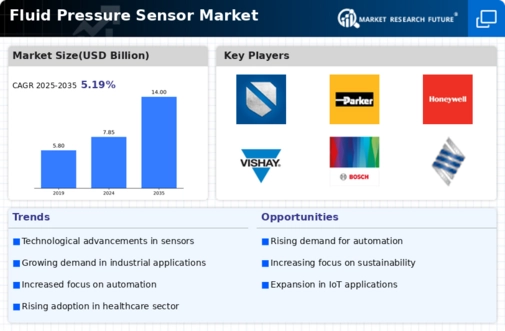
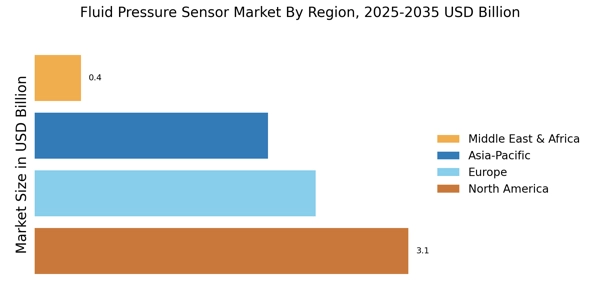
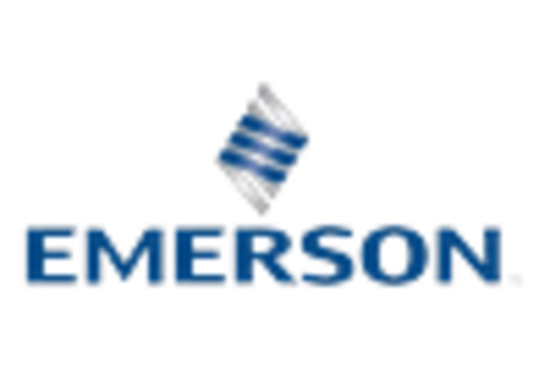
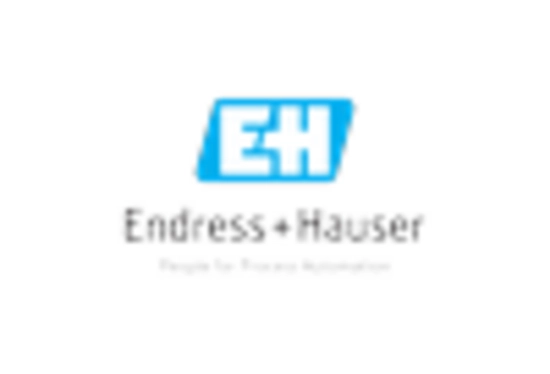

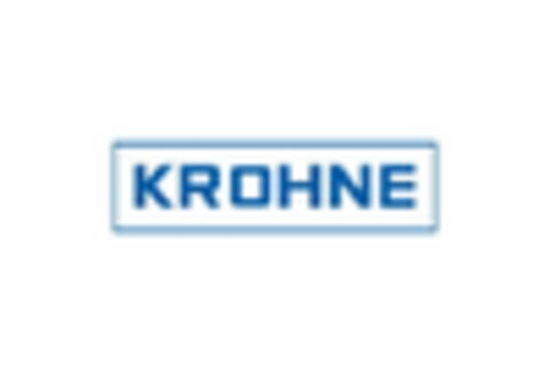

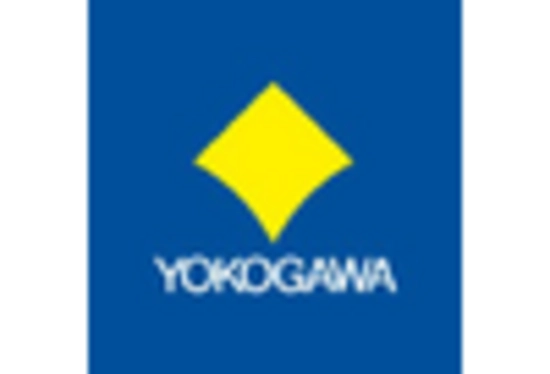








Leave a Comment